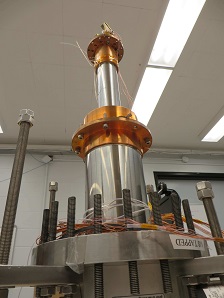Why measure the electron electric dipole moment (eEDM)?
The Standard Model predicts an eEDM of approximately 10-40 e cm. Extensions to the Standard Model that could help us understand dark matter or matter/antimatter asymmetry predict much larger values for the eEDM. Therefore, precise eEDM measurements will guide extensions to the Standard Model. Current eEDM measurements limit its value to be less than 1.1 x 10-29 e cm. [ACME, Nature, 562:355 (2018); ACME, Science, 343:269 (2014); JILA, Phys. Rev. Lett., 119:153001 (2017); Imperial College, Nature, 473:493 (2011)] The EDM3 method has the potential to reduce the eEDM uncertainty by up to 5 orders of magnitude.
EDM3 Method
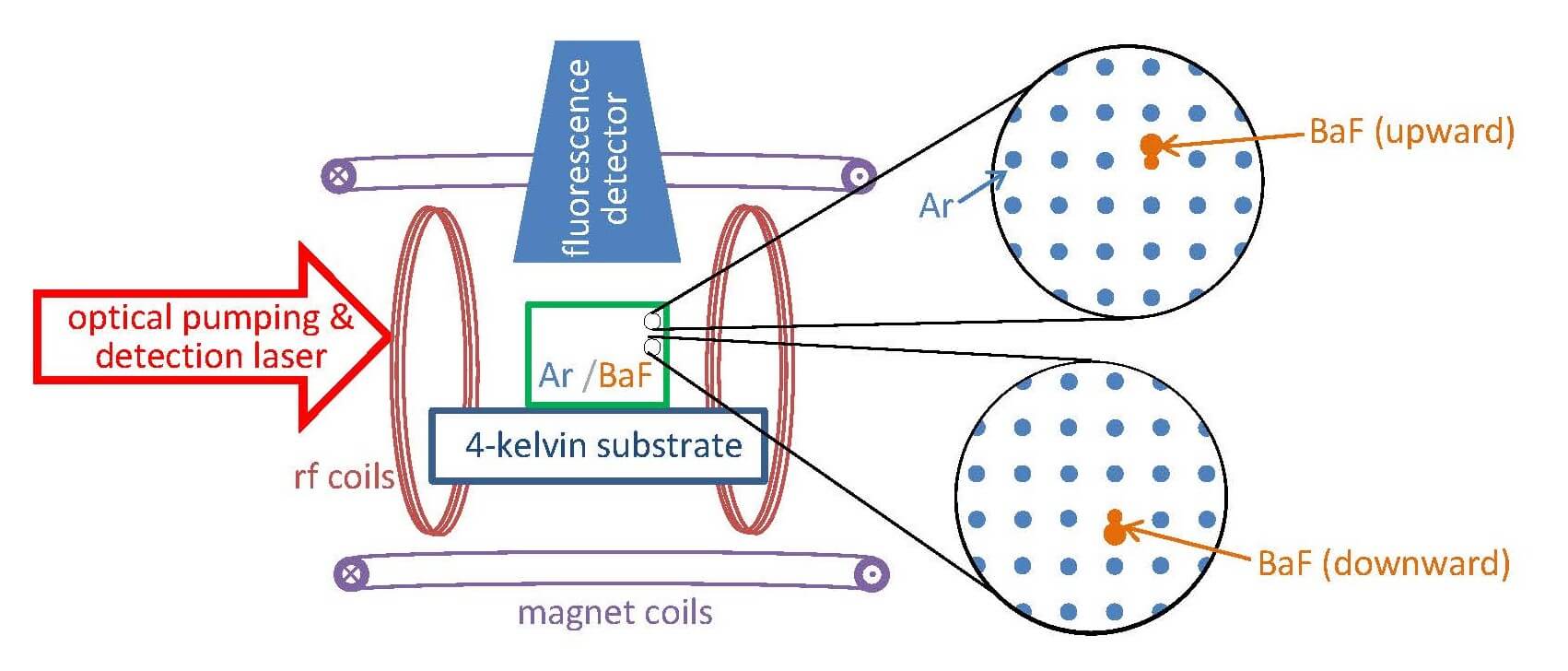
The EDM3 method uses a large sample of polar molecules embedded within a rare-gas matrix. The polar molecules have their orientation fixed by the matrix, removing the need to apply an electric field during the eEDM measurement. State preparation and detection use polarized lasers, but the critical steps of our measurement are performed with radio-frequency transitions, and exploit the unique properties of the hyperfine structure of matrix-trapped molecules [arXiv:1806.06774].
Statistical and Systematic Advantages of the EDM3 Method
The matrix allows for a large numbers of molecules to be studied. Additionally, the molecules are stationary in the matrix allowing for long measurement times. As a result, EDM3 may be able to reach statistical sensitivities that are many orders of magnitude beyond the current eEDM limit.
The EDM3 method also has inherent advantage for controlling systematic uncertainties:
- The excellent statistical sensitivity will enable rapid and precise tests of systematic effects.
- Very uniform electric and magnetic fields can be applied over the small volume being studied.
- There is no electric field applied during the spin precession, eliminating electric-field systematics (e.g., leakage currents and magneto-electric effects).
- The molecules are tightly trapped within the matrix. This eliminates geometric phase systematics, and state preparation/detection errors arising from the motion of the molecules.
- Simultaneous measurements on oppositely oriented molecules, interspersed within the same small volume, offer an ideal co-magnetometer for rejecting systematic errors arising from magnetic fields.
- The cryogenic environment allows for excellent magnetic shielding, and suppression of thermal voltages and currents.
- A large number of reversals are possible to control and measure systematic effect.
- Large dynamic range is available on several important parameters (including precession time, molecule concentration, and impurities), to study potential systematics.
- Measurements can be repeated with a new crystal with different levels of impurities and defects, or with a different choice of a rare gas or substrate.
- Measurements can be performed using molecules with very different sensitivities to the eEDM (e.g., CaF, YbF). These can be compared to separate the eEDM-dependent, from other systematic effects.
Our Funding Partners
GORDON AND BETTY MOORE FOUNDATION
USA
We acknowledge the support of the Gordon and Betty Moore Foundation.
GRANT # 8863
THE ALFRED P. SLOAN FOUNDATION
USA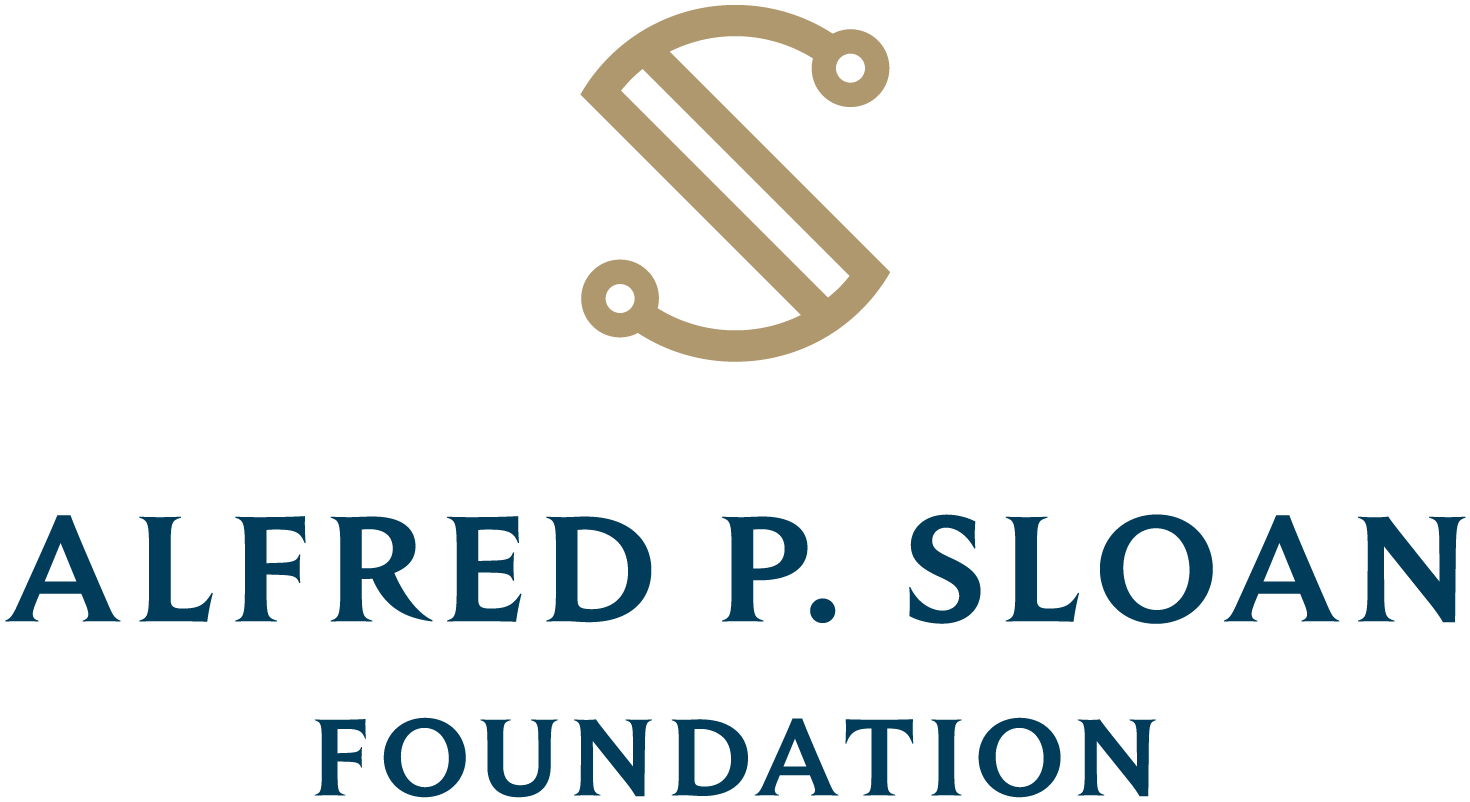
We acknowledge the support of the Alfred P. Sloan Foundation.
GRANT NO: G -2019 - 12503
JOHN TEMPLETON FOUNDATION
USA
We acknowledge the support of the John Templeton Foundation.
GR ID#61039 NO:60049570
NSERC
CANADA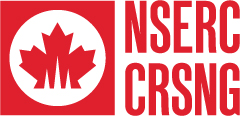
We acknowledge the support of the Natural Sciences and Engineering Research Council of Canada (NSERC).
Nous remercions le Conseil de recherches en sciences naturelles et en génie du Canada (CRSNG) de son soutien.# RGPIN-2018-05864
# SAPPJ-2019-00057
CFI
CANADA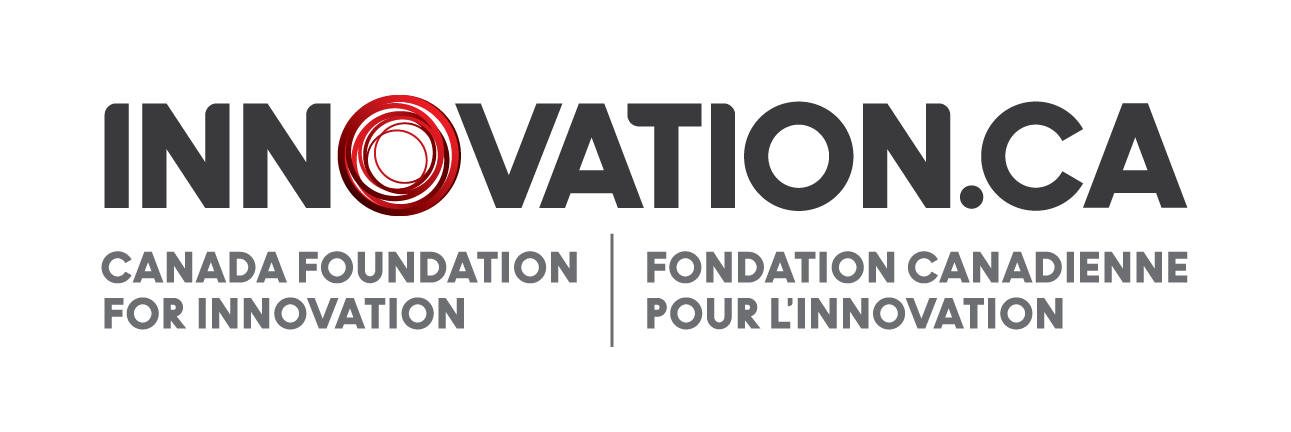
We acknowledge the support of the Canada Foundation for Innovation (CFI).
Nous remercions le Fondation Canadienne pour l'Innovation (FCI) de son soutien.IOF CFI JELF #30071
PROJ.# 30071

